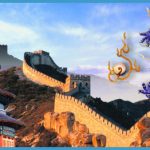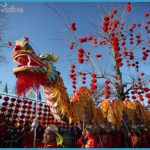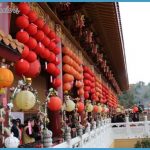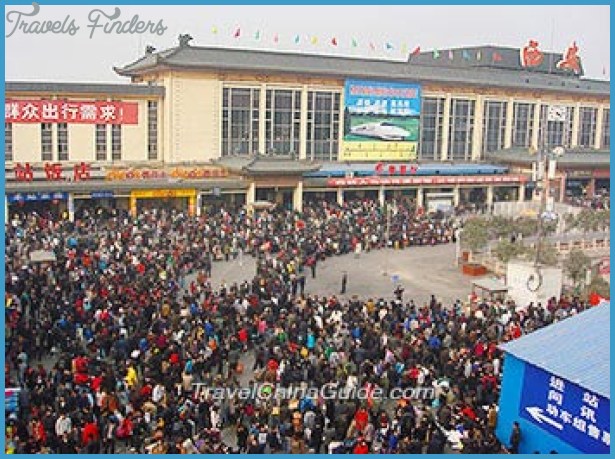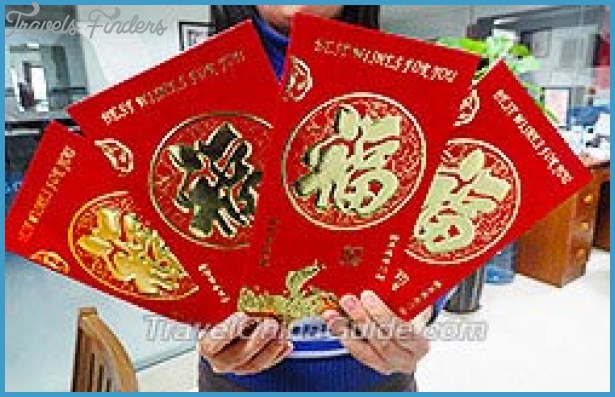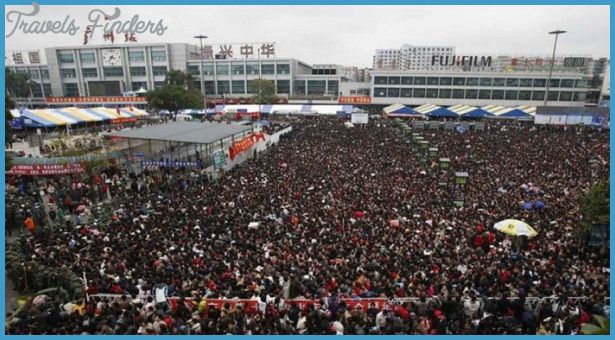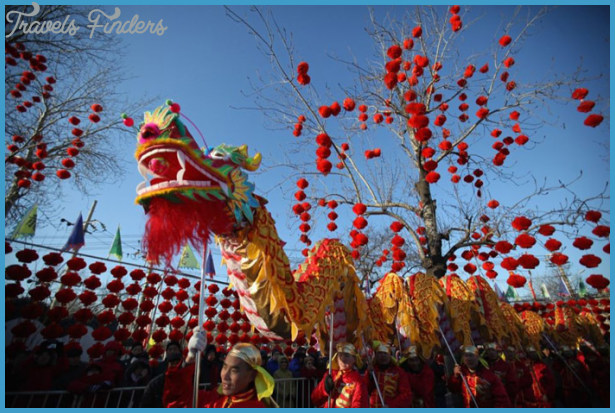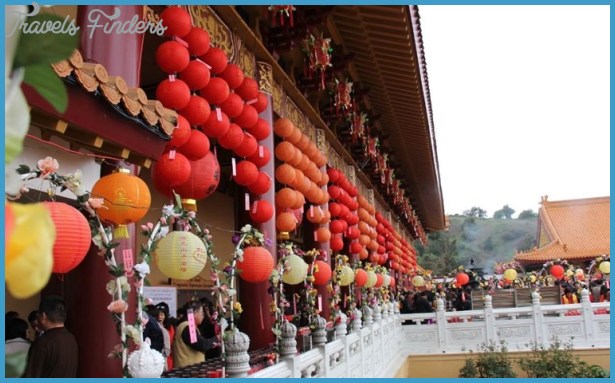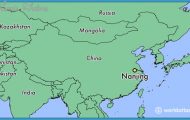History of Painting The Warring The bronze vessels and lacquer paintings of this period, in which Kingdoms period Confucius and Taoism had flourished, were already displaying the (475-221 b.c.) different characteristics of Chinese art. Hunting scenes, symbols and animals are no longer the same as the ancient bronze examples and are not adorned with geometric symbols, butthe image is expressed in a few flowing lines which give an impression of movement. The oldest Chinese painting in existence, a silk shroud which was discovered in the burial site of Mawangdui in the southern province of Hunan, dates from this period. It is now on display in the Changsha provincial museum. Unbelievably delicate brush strokes portray the journey of a princess into the underworld.
Travel China guide Chinese new year Photo Gallery
The Han Dynasty, the first major Chinese empire, corresponds with the Han Dynasty “Greek” period in Chinese cultural history. Man and’his deeds take (206 b.c. to precedence over magical rites and mythologies. The works of art a-d-220) which remain from this period are mainly wall paintings and casts of reliefs with themes taken from the teachings of Confucius or naturalist Taoist motifs. In some of the compositions it is possible to feel a sense of spaciousness and depth. Gu Kaizhi (334-c. 406) was working at a time when the empire The Six Dynasties appeared to be disintegrating following the demise of the Han Dynasty. He was the first painter to emerge from the anonymity of the schools and workshops. His best known work is “Admonitions of the Instructress to the Court Ladies”, a horizontal scroll with a series of scenes which demonstrate the accepted norms of behaviour for the imperial court ladies. These scrolls appeared for the first time during this period and can be presented either in a vertical format known as hanging scrolls, kakemono in Japanese, or else in a horizontal scroll, known in Japanese as a makemono. The latter were designed to be unrolled from right to left and then rolled up at the other end so that only one scene at a time was visible. In this way the beholder was given time to reflect between each scene – an important factor in the appreciation of Chinese art and something which is no longer possible as museums display the complete, unrolled scrolls. The second major Chinese empire, the Tang Dynasty, was said to have Tang Dynasty been “more distinguished than the Han Dynasty and less manneristic (618-907) than the Song Empire which followed”. It was during this period that the landscape painter made his mark and the great artist Wu Daozi (b. c.680) is generally accredited with inventing the genre. His landscape compositions of which only copies exist are characterised by quick, spontaneous brushwork with colour playing an insignificant part. This style was continued by his pupils.
Wang Wei (699-759; see Famous People) continued to develop in this direction and is regarded as the creator of the monochromatic landscape where everything is reduced to the barest essentials.
But the principal concern of Tang painters continued to be courtly and religious themes. Han Kan (8th c.; see Famous People) was a celebrated exponent of the former category and recognised as the finest “Horse Painter” in the history of Chinese art.
Dunhuang’s extraordinary wall paintings are certainly the best examples of religious works. Rich symbolism and bright colours in the Indian tradition merge with the flowing lines so typical of Chinese art.
These years are often described as the classical period of Chinese The Five Dynasties painting, the years in which landscape painting reached its climax. The (907-960) impressionistic use of ink with all the variations in shading represented Son9 Dynasty an attempt by artists to “recreate the innermost essence of things”. (960-1279) Attention was given to the minutest detail, from the bamboo shoot to the pine needle, from the rock to the bird. Emperor Huizong (1082- 1135) himself was regarded as a talented painter of nature. The most famous painters of this Golden Age include Li Cheng (d. 967) and Xu Daoning (first half of the 11th c.) who developed the “pingyuan” technique where graduated depth creates an illusion of distance. Also important are Dong Yuan whose mountains seem to emerge from empty surfaces and Ma Yuan (b. c. 1150) who cleverly moved the focus of his composition to a peripheral detail. He came to represent the “one-corner style” as he portrayed only “one corner out of four”.

